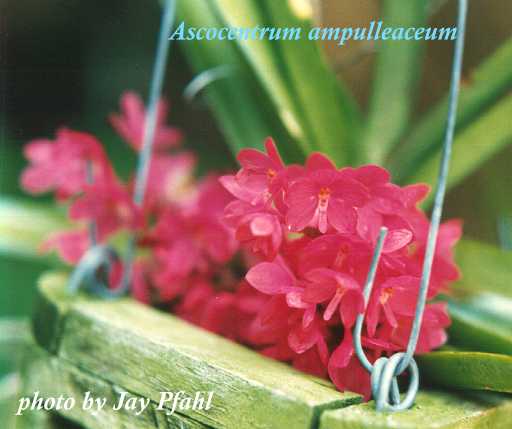 |
| LaelioCattleya Frank Shadle - wilted ©2012 MadOrchidist.com |
I had been trying to do little things to keep the frost at bay, like stringing some old holiday lights around the orchid zone at night for a little extra heat:
 |
| X-mas lights weren't enough ©2012 MadOrchidist.com |
No quick fix is going to secure the future of my collection, so I finally broke down and decided I need a greenhouse. Being on a tight budget, and not wanting to rack up a large bill heating, I opted for a small kit from Harbor Freight Tools. I know this isn't the highest quality around, but the price was right for my first foray into more serious climate control.
 |
| Harbor Freight GreenHouse Kit ©2012 MadOrchidist.com |
So, I have to turn this pile of aluminum into an orchid paradise:
 |
| Harbor Freight Greenhouse Parts ©2012 MadOrchidist.com |
One of the drawbacks of this small kit is it's height. I am a fairly tall guy, and the door frame is at about my eye level. I opted to cobble together a row of cinderblocks and a pressure-treated 4x4 sill to raise the kit up off the ground a bit. I will have to step over the sill to enter, but at least I won't hit my head!
 |
| Nitrile gloves are't just for the lab! ©2012 MadOrchidist.com |
 |
| Phase one of greenhouse frame construction ©2012 MadOrchidist.com |
The next step is to get the double-walled polycarbonate panels installed and secured. It gets windy here, so I will have to go above and beyond the manufacturer's recommendations.
Once that is done, I will chase the spiders out of my breaker panel and add a circuit for some outdoor outlets:
 |
| A space just asking for a new outdoor circuit ©2012 MadOrchidist.com |
This is all very timely, since I have identified a new direction in collecting and breeding that interests me, and some of the plants I have my eye on are not all that temperature tolerant. More on that to come!


























